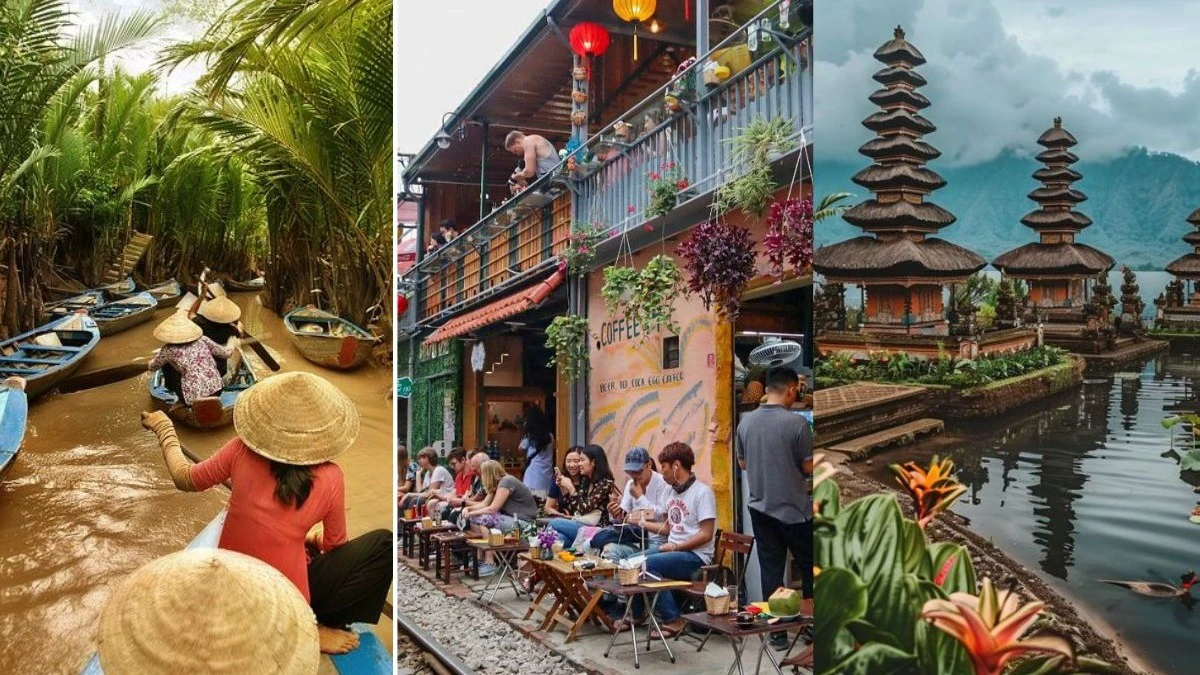A 10-day foreign vacation might look perfect on Instagram, but it can leave your finances in chaos for months afterward. That’s the cautionary message from Chartered Accountant Abhishek Walia, who believes the true cost of travel goes far beyond flight tickets and hotel bills.
“That 10-day vacation didn’t just cost ₹80,000-it cost you three months of financial peace,” says Walia, who is the Founder of Zactor Tech. “People plan for the trip itself, but rarely for what comes next.”
For many young professionals, a spontaneous foreign trip feels like a rite of passage. The tickets are booked in excitement, the Instagram stories roll out in rapid succession, and for a few days, life feels like a movie. But the aftermath often tells a very different story.
“Once the holiday glow fades, reality hits hard,” Walia explains. “Your savings are drained, your credit card is crying, your EMIs feel heavier, and your budget is broken for the next three months.”
Walia emphasizes a truth few travelers discuss publicly: the real cost of a vacation isn’t just the upfront expense-it’s how long it takes to financially recover afterward.
“We don’t just spend money on trips,” he says. “We spend future calm, financial momentum, and mental bandwidth figuring out ‘How do I fix this mess?'”
Interestingly, the urge to travel isn’t slowing down-in fact, it’s growing faster than ever, especially in India. A new report by Boston Consulting Group (BCG) highlights that India’s rising middle class and younger population eager to explore the world are making the country a key contributor to the next wave of global leisure travel growth. The report estimates that annual global consumer spending on leisure travel will triple from $5 trillion in 2024 to $15 trillion in 2040, surpassing even the pharmaceutical and fashion industries.
The report noted: “Younger Indian generations are particularly interested in travelling more and spending more.”
It added: “Globally, Millennials and Gen-Zers are leading this trend, with their planned travel increases outpacing older generations by 4 to 26 percentage points.”
BCG projects that domestic, regional, and international overnights for Indian travelers will grow annually by 3%, 4%, and 6%, respectively. Meanwhile, spending is forecast to surge, with domestic travel expenditure increasing by 12% per year, regional by 8%, and international by 10%.
Walia points out that while social media glamorizes “spontaneous getaways,” true financial wellness relies on sustainability, not impulse. “The flex isn’t ‘I went to Bali,'” he says with a smile. “The real flex is ‘I went to Bali, and I’m still financially chill three months later.'”
“This doesn’t mean don’t travel,” Walia insists. “It means travel smarter.”
Planning vacation
So how does one avoid falling into the post-vacation financial trap? Walia shares practical steps to keep both your memories and your money intact: “Plan for the aftermath before you book the trip,” he advises. “Don’t let one week of fun undo a year of discipline. Keep a post-vacation buffer, not just a travel budget.”
Travel, he believes, should bring joy-not months of financial stress. “What’s the point of taking a break if your peace ends the minute your out-of-office does?” Walia asks.
His advice is clear: take the trip, post the pictures, savor the experiences-but budget for your future self too. “Because,” he concludes, “the best vacations are the ones that don’t follow you home as debt.”
